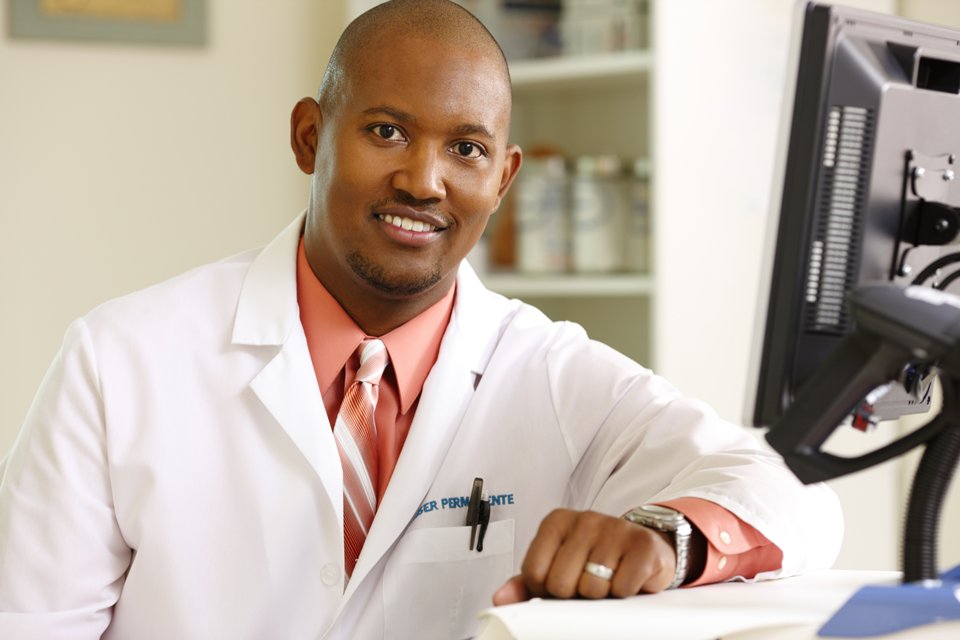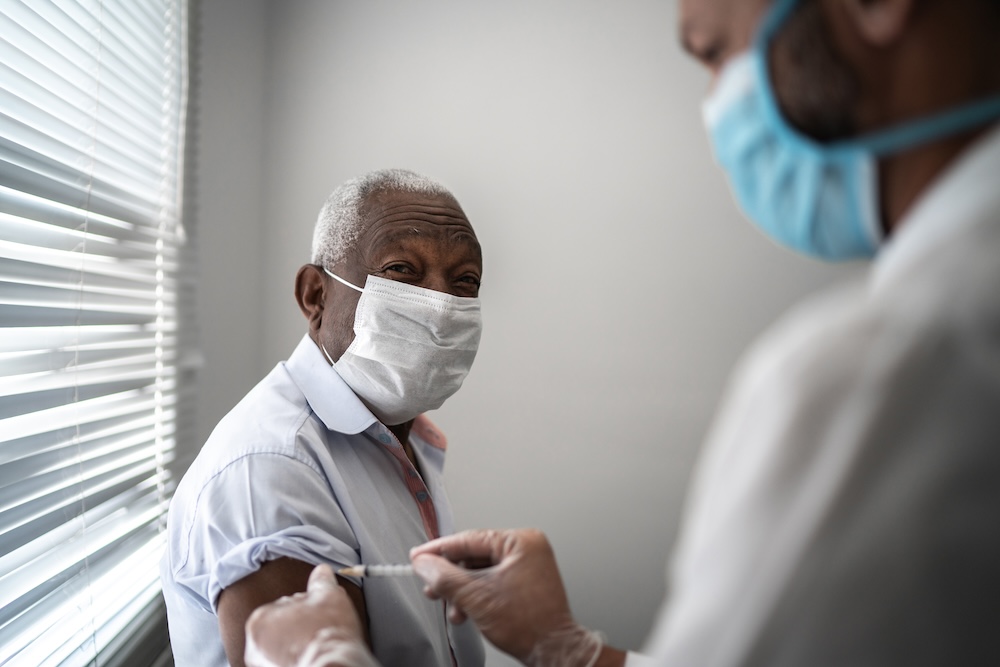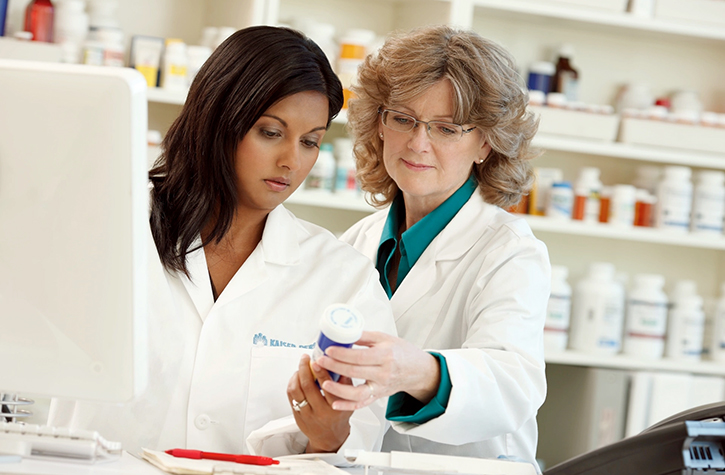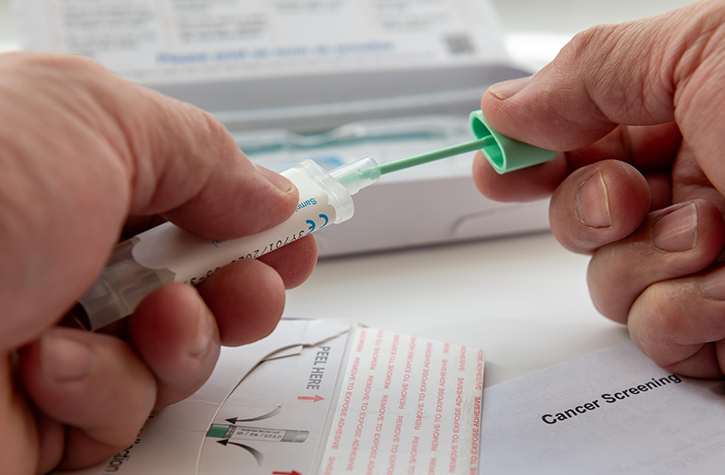NPR’s Morning Edition – January 9, 2017
Chances are your doctor has stopped taking notes with pen and paper and moved to computer records. That is supposed to help coordinate your care.
Increasingly, researchers are also exploring these computerized records for medical studies and gleaning facts that help individual patients get better care.
Computerized medical records are hardly new. Pioneers at one of the nation’s first HMOs, Kaiser Permanente, were using electronic medical records as far back as the 1970s and saw them as a big part of the future of medicine.
“The part of it that they didn’t envision that we’re envisioning now, is how proactive a role patients would be taking,” says Dr. Tracy Lieu, who heads Kaiser’s research division in Oakland, Calif.
Medical records don’t simply store facts about an individual’s health. There’s a big potential for a database of medical records to be mined to help shape an individual’s treatment.
“Patients are always saying, don’t just give me the averages, tell me what happened to others who look like me and made the same treatment decisions I did,” Lieu says. “And tell me not only did they live or die, but tell me what their quality of life was about.”
Kaiser hasn’t put this concept into action, but it’s working toward it. Lieu has a prototype of how it could work. She scoots up to a keyboard in her office and types in “pancreatic cancer.”
That search function pulls up data from Kaiser’s long history of treating this disease. She can narrow that search by cancer type, stage, patient’s age and treatment options, to look at trends and outcomes.
The records also include information about patients’ feelings and emotional states based on a nine-question survey that patients routinely fill out. (Individuals are not identified in the database.)
That provides a hint about how a person felt before, during and after cancer treatment. But it’s not as complete a picture as patients might want as they weigh their options about treatment choices.
Unfortunately, getting that level of detail could be a challenge, because it requires much more data than doctors currently collect.
“If you’re a patient and someone says, ‘Gee, we’d like you to fill out this 30-item survey on a routine basis,’ you’re going to say ‘Why?'” she says. “‘What will this get me? How will this help my care?’ ”
Yet that information could be incredibly useful to other patients contemplating treatment decisions.
Another piece missing from the Kaiser records is genetic information about patients.
Here, the Geisinger Health System in Pennsylvania is making strides. It has sunk a lot of money and effort into adding gene scans to electronic medical records. It already has scans for 50,000 patients in its system.
Dr. David Ledbetter, the chief scientific officer, says that number is growing fast, toward a goal of more than 125,000 patients — and beyond.
“Even though this is primarily a research project, we’re identifying genomic variants that are actually important to people’s health and health care today,” Ledbetter says.
Geisinger patient Jody Christ volunteered to get the genetic screen during one of her routine medical visits. Her doctor had been concerned about her high cholesterol and told her to work on getting in shape.
“So I started to ride a bike and 10 minutes in, I would start to get a sensation down my left arm,” she says.
That made the 61-year-old from Elysburg, Pa., uneasy, so she stopped exercising.
But last February she got a call from the program that had run the genetic testing. They told her she had inherited a genetic trait called familial hypercholesterolemia, and that was why she had persistently high cholesterol levels. The disorder makes the body unable to remove cholesterol from the blood, making patients more vulnerable to narrowing of the arteries at an early age.
That genetic diagnosis led to a series of clinical tests through the spring. Toward the end of April, Christ took a stress test, which suggested serious heart trouble.
A few days later, her heart vessels were scanned in the cardiac catheterization lab, “and by May 5th I was having triple bypass surgery.”
She feels much better today and is grateful that she had volunteered for the genetic test that revealed this serious problem. “I feel they saved my life,” Christ says.
Genetic testing like this (known as exome sequencing) is not routine because the tests typically cost a few thousand dollars. But Ledbetter says the prices are falling fast, and this year could even be in the $300 range.
“So we think as the cost comes down it will be possible to sequence all the genes of individual patients, store that information in the electronic medical record, and it will guide and individualize and optimize patient care,” he says.
Doctors don’t know how to interpret most of the genetic results. But there are a few genetic variations, like Christ’s cholesterol marker, that are clear indications of serious health problems. Ledbetter said easy-to-interpret variants like that have shown up in 3.5 percent of the patients they studied recently.
That means the test doesn’t provide actionable information for the vast majority of the people who get it. But “that 3.5 percent is going to grow,” Ledbetter says, as scientists learn to identify more genes that are associated with disease, and scientists identify more of those genes in their population. “I don’t know what the final number will be, but it will be in the 5 to 10 percent range.”
The hope, he says, is that it will help reveal the biology of more common forms of cancer and cardiovascular disease, and possibly more complex diseases like obesity and diabetes.
Geisinger’s experiment, done in partnership with a company called Regeneron, which funds and performs the gene scans, is an important foray into the new world where genetic data merge with electronic medical records.
“The scientific community has been waiting to see what would happen here,” says Dr. Harlan Krumholz, a professor of medicine at Yale University who researches cardiology and health care.
He’s excited at the prospect of being able to look at physical symptoms in medical records and then look for genetic variations that could be responsible, but he says that the system is so far not at all robust.
“The quality of data [collected in medical records] is not necessarily research quality,” Krumholz says.
Think of something as basic as the language in these medical records. The word “shock” in a medical record could mean different things to different people.
“So I think it would be unfortunate if people felt that all of a sudden we had this remarkable treasure trove. There’s a long way to go to move from where we are now to where we need to be,” he says.
The federal government is planning to recruit a million volunteers to expand this approach to research in its Precision Medicine Initiative, which has been rebranded as the “All of Us” research program.
The Department of Veterans Affairs started a similar effort in 2012. Scientists there have gathered a huge amount of data, which they are now starting to explore.
But medicine is not yet at home in the world of big data, Krumholz says.
“Medicine’s got to catch up, and medicine’s got to understand how best to take advantage of all the information that’s been generated every day,” he says.
The early experiences, at Kaiser, Geisinger and elsewhere, are helping find the path forward.
This story was originally broadcast on Morning Edition of National Public Radio (NPR).






